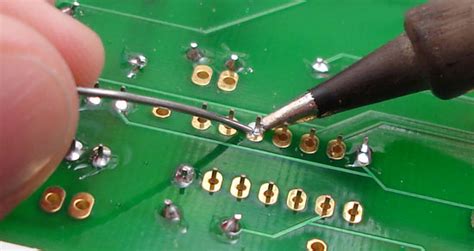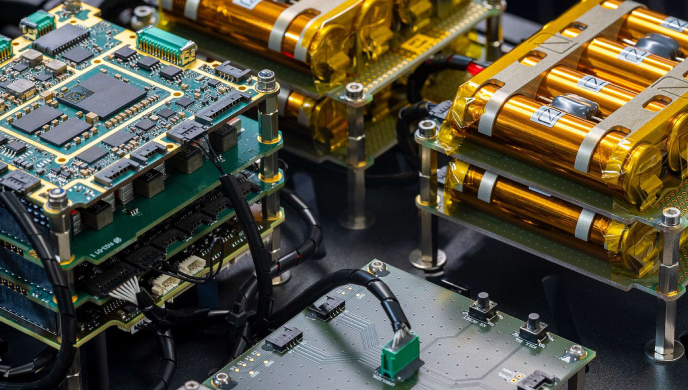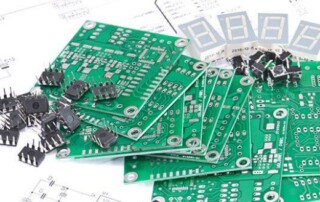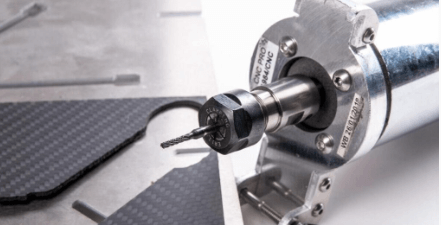Balancing Cost and Quality in Hobbyist PCB Manufacturing
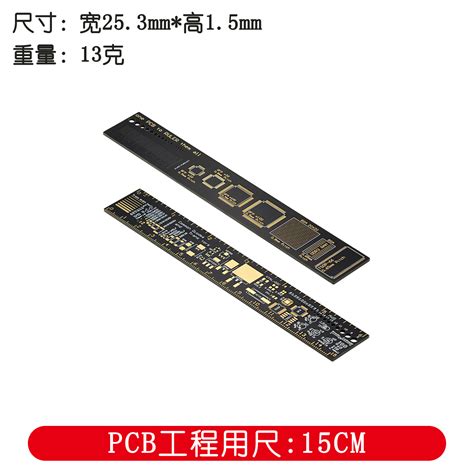
Key Takeaways
When navigating PCB manufacturing for hobbyist projects, understanding the balance between pcb manufacturing cost and quality is essential. You’ll need to evaluate pcb manufacturing companies based on their ability to deliver consistent results while staying within budget. For example, some vendors specialize in low-volume prototypes with tighter tolerances, while others prioritize speed over material quality—a trade-off that impacts long-term reliability.
A practical approach involves comparing key metrics across providers:
| Factor | Budget-Friendly Option | Premium Option |
|---|---|---|
| Cost per board | $2–$5 | $10–$20 |
| Lead time | 5–7 days | 2–3 days |
| Material quality | FR-4 standard | High-Tg or Rogers |
| Reliability testing | Basic | Advanced |
To maximize value, focus on design optimization—simplifying layouts to reduce layer counts or panelizing designs to share pcb manufacturing business costs. Many hobbyists overlook hidden fees, such as tooling charges or expedited shipping, which can inflate expenses. Tools like online calculators help estimate total costs upfront, allowing you to allocate funds more effectively.
Remember, not all cost-cutting measures compromise quality. For instance, opting for solder mask colors with higher production availability or slightly larger trace widths can lower prices without affecting functionality. By prioritizing critical features and negotiating bulk discounts for repeat orders, you maintain pcb manufacturing standards while staying budget-conscious.
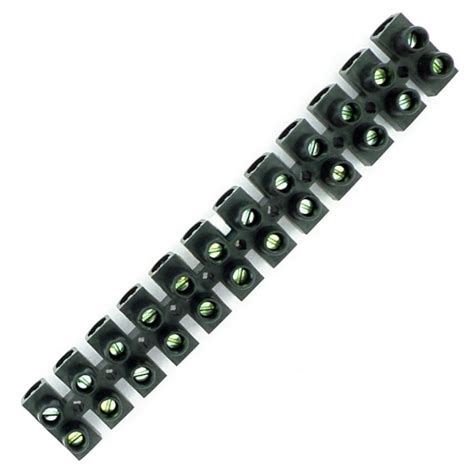
Hobbyist PCB Makers: Cost vs Quality
When navigating PCB manufacturing for hobby projects, balancing cost-efficiency with technical reliability becomes critical. Many PCB manufacturing companies offer tiered pricing models, but cheaper options often raise concerns about material quality or tolerances. For example, while opting for the lowest PCB manufacturing cost might save upfront expenses, it could lead to issues like inconsistent trace widths or poor solder mask adhesion—problems that derail DIY projects.
To strike a balance, compare vendors that specialize in low-volume orders tailored to hobbyists. Some PCB manufacturing business operators cater specifically to makers, offering discounted rates for prototype batches without cutting corners on FR-4 substrate quality or silkscreen clarity. Prioritize suppliers that provide design rule checks (DRCs) or automated feedback, as these tools help avoid costly revisions.
Consider factors like lead time and minimum order quantities: slightly higher per-unit costs from a reputable supplier might still fit your budget if they reduce waste. Always request sample boards or review user forums to gauge real-world performance. Remember, value in PCB manufacturing isn’t just about price—it’s about achieving functional results that align with your project’s technical demands.
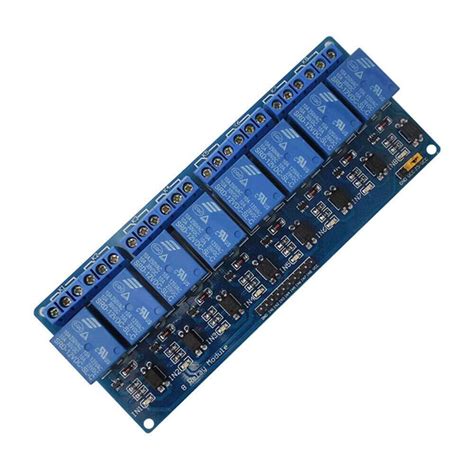
Maximizing Value in DIY PCB Projects
To achieve the best balance in PCB manufacturing for hobbyist projects, start by evaluating your design’s complexity against your budget. While PCB manufacturing companies vary in pricing tiers, prioritize those offering transparent PCB manufacturing cost breakdowns. For simpler designs, consider standard-grade materials and economical turnaround times—these often meet basic functional needs without inflating expenses.
"Always request sample boards before committing to bulk orders. This lets you assess a vendor’s quality firsthand while minimizing financial risk."
When selecting a PCB manufacturing business, compare their capabilities with your project’s requirements. Some providers specialize in low-volume prototyping, offering discounts for repeat orders—ideal for iterative DIY work. To further reduce costs, optimize your design files to minimize material waste, such as panelizing multiple boards or avoiding overly complex trace layouts.
Pro tip: Leverage open-source design tools to simulate performance before production. This reduces costly revisions and ensures your design aligns with the chosen manufacturer’s tolerances. By aligning your priorities (e.g., durability vs. speed) with vendor strengths, you’ll extract maximum value without compromising critical quality benchmarks.
Affordable Quality Strategies for PCB Hobbyists
Achieving cost efficiency in PCB manufacturing requires balancing technical precision with budget constraints. Start by prioritizing design simplicity—minimizing layer counts and avoiding overly complex traces reduces PCB manufacturing cost without sacrificing functionality. Many PCB manufacturing companies offer tiered pricing for prototypes, allowing you to test designs affordably before committing to larger batches.
When selecting vendors, compare lead times and material options. Opt for standard FR-4 substrates unless your project demands specialized materials, as this keeps expenses predictable. Some providers cater specifically to the PCB manufacturing business for hobbyists, offering discounted rates for educational or non-commercial projects.
Leverage open-source design tools to eliminate software licensing fees, and always double-check Gerber files to avoid costly revisions. For recurring needs, consider bulk-order discounts—even small quantities (e.g., 10–20 boards) often unlock lower per-unit rates. Finally, join hobbyist forums to crowdsource recommendations for reliable yet affordable services, ensuring your budget aligns with industry-standard quality benchmarks.
Budget-Friendly PCB Manufacturing Without Compromise
Achieving affordable PCB manufacturing while maintaining quality starts with understanding how trade-offs work in practice. Many PCB manufacturing companies offer tiered pricing models, allowing you to scale order quantities without overpaying for prototypes. For example, opting for standard FR-4 substrates instead of premium materials can reduce PCB manufacturing cost by 20-40%, while still delivering reliable performance for most hobbyist projects. To avoid hidden fees, prioritize vendors with transparent pricing sheets and verified turnaround times.
Leveraging panelization—grouping multiple designs into a single board—is another smart tactic. This approach maximizes material use, making it ideal for small-batch PCB manufacturing business collaborations. Always verify certifications like ISO 9001 or UL listing to ensure baseline quality, even with budget providers. Balancing cost-saving measures with non-negotiable specs (like minimum trace widths or solder mask quality) ensures your final product remains functional and durable. By planning designs around manufacturability early, you eliminate costly revisions later.
Cost-Effective PCB Solutions for Hobbyists
When pursuing DIY electronics projects, managing PCB manufacturing cost while maintaining functionality is critical. Start by evaluating PCB manufacturing companies that cater specifically to hobbyists—many offer tiered pricing for prototypes or small-batch orders. Prioritize vendors with transparent pricing models, as hidden fees can quickly inflate budgets. For instance, opting for standard FR-4 substrates instead of high-frequency materials reduces expenses without sacrificing performance for most hobby applications.
Leverage design optimizations to lower PCB manufacturing complexity. Simplifying trace widths, minimizing layer counts, and avoiding ultra-fine pitch components can cut costs significantly. Some PCB manufacturing businesses even provide free design rule checks (DRCs) to help you avoid costly revisions. Remember, cheaper doesn’t always mean inferior: many budget-friendly services now use automated processes that ensure consistent quality for basic designs.
When comparing quotes, balance PCB manufacturing lead times against urgency. Standard 5–7-day turnarounds often cost 30–50% less than expedited services. For non-critical projects, this trade-off preserves funds for higher-priority components. Pro tip: Group multiple designs into a single panel to share setup fees—a common strategy among thrifty makers. By aligning your requirements with the right vendor’s capabilities, you can achieve professional-grade results without exceeding hobby budgets.
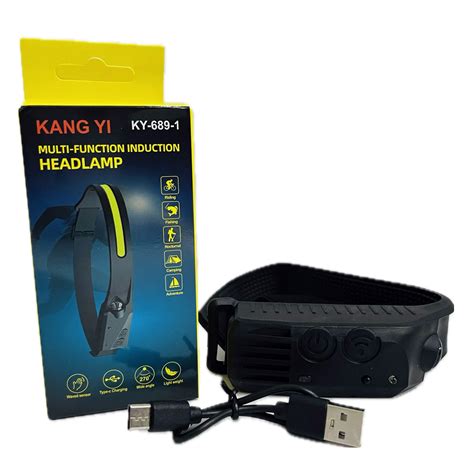
Balancing Quality Standards and Low-Cost PCBs
Achieving the right balance between PCB manufacturing quality and affordability requires understanding how technical specifications directly impact costs. While PCB manufacturing companies often tier their pricing based on material grades, layer counts, and turnaround times, hobbyists can strategically prioritize features that matter most for their projects. For instance, opting for FR-4 substrates instead of high-frequency laminates or relaxing trace width tolerances by 10-15% might reduce PCB manufacturing cost without sacrificing functionality.
When evaluating low-cost providers, verify their adherence to industry-standard testing protocols like IPC-A-600. Some PCB manufacturing business operations cut corners by skipping electrical testing or using inferior solder masks, which risks long-term reliability. A practical approach is to request sample boards from multiple vendors to compare surface finish consistency and via plating quality.
To further optimize budgets, consider panelizing designs or using shared fabrication batches offered by hobbyist-friendly manufacturers. This method leverages economies of scale inherent in PCB manufacturing, allowing access to commercial-grade processes at fractional pricing. Always cross-reference quoted turnaround times against project timelines—paying extra for expedited service might negate initial savings if prototypes aren’t urgently needed.
By aligning your design’s critical performance parameters with cost-saving opportunities in production workflows, you maintain quality benchmarks while staying within practical budget limits.
Navigating PCB Maker Options on a Budget
When evaluating PCB manufacturing companies for hobbyist projects, start by clarifying your priorities. Are you optimizing for PCB manufacturing cost or prioritizing specific technical capabilities? Many providers cater to budget-conscious creators by offering tiered pricing models—lower costs for longer lead times or simpler designs. Compare services like board thickness tolerances, solder mask options, and silkscreen clarity across vendors, as these often impact both quality and pricing.
Look beyond base quotes: some PCB manufacturing specialists include free design rule checks (DRCs) or panelization services, reducing prototyping risks. For cost-sensitive builds, consider companies that support smaller batches (5-10 boards) without steep setup fees. Analyze how their PCB manufacturing business model aligns with your needs—do they focus on rapid prototyping or high-volume production? Platforms offering instant online quoting tools can help you visualize trade-offs between layer counts, material grades, and turnaround speeds.
Don’t hesitate to leverage community forums or maker groups for verified feedback on budget-friendly vendors. While cutting PCB manufacturing cost is tempting, ensure providers maintain ISO-certified processes for consistent results. Some companies offset lower margins by using standardized panel sizes or recycled substrates—options worth exploring if environmental impact matters alongside affordability.
Ensuring Reliability in Budget PCB Prototypes
When prototyping on a budget, verifying the reliability of your PCB manufacturing process becomes critical. Start by reviewing design specifications with your chosen PCB manufacturing companies—many offer free design-for-manufacturing (DFM) checks to catch errors early. Prioritize vendors that use automated optical inspection (AOI) systems, even for low-cost orders, as these tools detect flaws like misaligned layers or incomplete traces that could compromise functionality.
To minimize PCB manufacturing cost without sacrificing quality, consider panelizing smaller designs or opting for standard materials like FR-4 instead of specialized substrates. However, always confirm that the manufacturer adheres to IPC-A-600 standards for solder mask thickness and copper weight—key indicators of durability. For hobbyists managing a PCB manufacturing business at scale, request test coupons on prototype batches to validate consistency across production runs.
Budget constraints shouldn’t force you to skip critical validations. Use open-source tools like KiCad’s Design Rule Checker to preempt manufacturing issues, and leverage prototyping services with partial electrical testing. By aligning your design choices with cost-efficient yet rigorous quality controls, you’ll build prototypes that perform reliably—even when working within tight financial limits.
Conclusion
When navigating the world of PCB manufacturing as a hobbyist, striking the right balance between pcb manufacturing cost and reliability requires deliberate planning. While budget constraints might tempt you to prioritize affordability alone, remember that quality directly impacts the longevity and performance of your projects. Reputable pcb manufacturing companies often offer tiered pricing models, allowing you to scale complexity based on your needs—whether prototyping simple circuits or refining intricate designs.
To maximize value, compare not just prices but also lead times, material certifications, and customer support. Many smaller pcb manufacturing business providers cater specifically to hobbyists, offering cost-effective solutions without sacrificing critical standards like layer alignment or solder mask precision. By clearly communicating your requirements and leveraging bulk-order discounts for multiple prototypes, you can reduce per-unit expenses while maintaining consistency.
Ultimately, success lies in treating pcb manufacturing as an iterative process. Test smaller batches first, analyze defects, and refine your approach before committing to larger runs. This method ensures you avoid costly revisions down the line, proving that strategic planning—not just cutting corners—is the key to achieving professional-grade results on a hobbyist budget.
Frequently Asked Questions
How do you balance cost and quality when choosing a PCB manufacturing service?
Focus on vendors that specialize in low-volume prototyping. Many PCB manufacturing companies offer tiered pricing for hobbyists, allowing you to scale costs based on board complexity and material choices. Always request samples or reviews from other DIY users to verify quality consistency.
What factors most impact PCB manufacturing cost for small projects?
Key variables include board size, layer count, material type, and turnaround time. Opting for standard FR-4 substrates and avoiding rushed production can reduce expenses by 20-40%. Prototyping-focused suppliers often waive setup fees for simple designs.
Can budget-friendly PCB manufacturing business options meet hobbyist-grade reliability?
Yes, but prioritize companies with clear quality certifications (e.g., ISO 9001). Some manufacturers offer "barebones" services—omitting cosmetic finishes like gold plating—while maintaining electrical reliability. Cross-check specifications like copper weight and solder mask thickness against your project needs.
How do you avoid hidden costs in PCB manufacturing for experimental designs?
Use free DFM (Design for Manufacturing) check tools provided by many vendors. Simplify designs to minimize vias and complex routing, which often trigger upcharges. Batch ordering multiple designs in a single panel can further optimize per-unit pricing.
Are there risks in using ultra-low-cost PCB manufacturing companies for prototypes?
While tempting, verify their testing protocols. Some budget services skip electrical testing to cut costs, potentially leading to undetected shorts. Always allocate 10-15% extra budget for a quality assurance buffer in critical projects.
Explore Professional-Grade Hobbyist Solutions
For tailored guidance on optimizing your PCB manufacturing process without exceeding budgets, please click here to explore Andwin PCB’s prototyping services. Their platform offers instant quotes and design validation tools specifically designed for hobbyist workflows.


